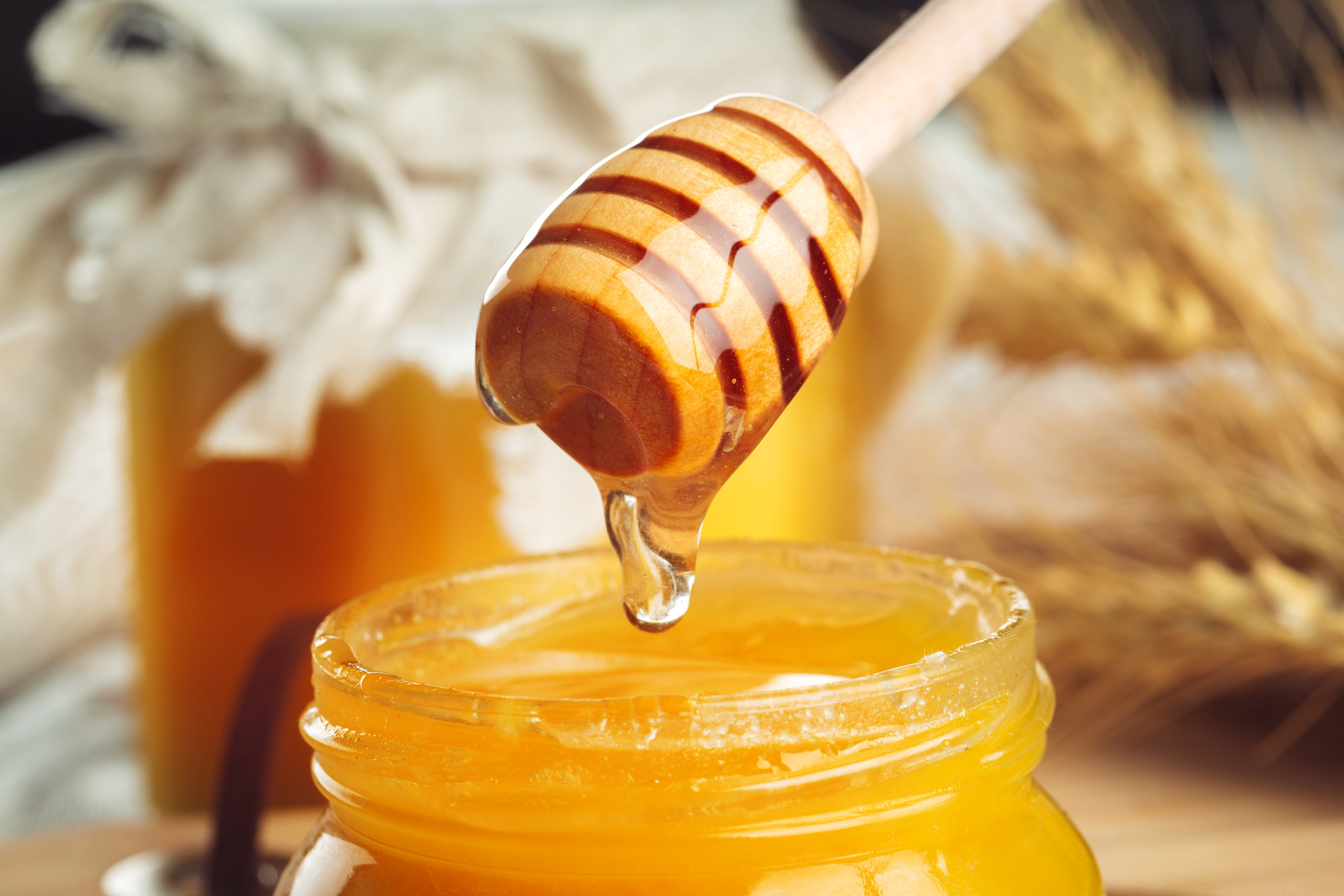Healthy diet for healthy body
Nuts and seeds are a great
addition to a healthy diet as they are rich in essential nutrients such as
protein, healthy fats, fiber, vitamins, and minerals. Here are some of the
benefits of including nuts and seeds in your diet:
- Heart health: Nuts and seeds are rich in
monounsaturated and polyunsaturated fats, which can help reduce bad
cholesterol levels and improve heart health.
- Brain health: Nuts and seeds are also rich in
vitamin E, which has been shown to protect against cognitive decline and
Alzheimer's disease.
- Weight management: Although nuts and seeds are high
in calories, studies have shown that including them in your diet can
actually help with weight management as they are very filling.
- Digestive health: Nuts and seeds are a great source
of fiber, which can help improve digestive health and prevent
constipation.
- Nutrient-rich: Nuts and seeds are a great source of
various vitamins and minerals such as vitamin E, magnesium, potassium, and
calcium, which are essential for overall health.
Some examples of healthy nuts and seeds include almonds, walnuts, chia seeds, flaxseeds, pumpkin seeds, sunflower seeds, and hemp seeds. It's best to choose unsalted and raw or roasted nuts and seeds to avoid added salt or oils. Additionally, it's important to keep in mind portion sizes as nuts and seeds can be high in calories.
Top 5 Nuts for healthy body
- Almonds: Almonds are a great source of vitamin E,
fiber, healthy fats, and protein. They also contain magnesium, which is
important for bone health and helps regulate blood sugar levels.
- Walnuts: Walnuts are a great source of omega-3
fatty acids, which can help reduce inflammation and improve heart health.
They also contain antioxidants, fiber, and protein.
- Pistachios: Pistachios are a good source of
protein, fiber, and healthy fats. They also contain antioxidants and can
help improve heart health by reducing bad cholesterol levels.
- Cashews: Cashews are a good source of healthy fats,
protein, and minerals such as magnesium, zinc, and iron. They also contain
antioxidants and can help improve blood sugar levels.
- Brazil nuts: Brazil nuts are a great source of
selenium, which is important for thyroid function and immune health. They
also contain healthy fats, protein, and fiber.
Remember to choose unsalted and
raw or roasted nuts and consume them in moderation as they are high in
calories.
Top 5 Seeds for healthy body
Top 5 Seeds for healthy body
Seeds are also a great addition to
a healthy diet as they are a rich source of essential nutrients. Here are 5
seeds for a healthy body:
- Chia seeds: Chia seeds are a great source of fiber,
protein, healthy fats, and antioxidants. They are also high in omega-3
fatty acids, which can help reduce inflammation and improve heart health.
- Flaxseeds: Flaxseeds are a good source of fiber,
omega-3 fatty acids, lignans, and antioxidants. They may also help lower
cholesterol levels and improve digestive health.
- Pumpkin seeds: Pumpkin seeds are a great source of
magnesium, zinc, and protein. They also contain antioxidants and may help
improve heart health and lower blood sugar levels.
- Sunflower seeds: Sunflower seeds are a good source
of vitamin E, fiber, healthy fats, and protein. They also contain
antioxidants and may help lower bad cholesterol levels.
- Hemp seeds: Hemp seeds are a great source of
protein, healthy fats, and fiber. They also contain minerals such as
magnesium, zinc, and iron, and may help improve heart health and reduce
inflammation.
Remember to choose raw and
unsalted seeds and consume them in moderation as they are high in calories.

















